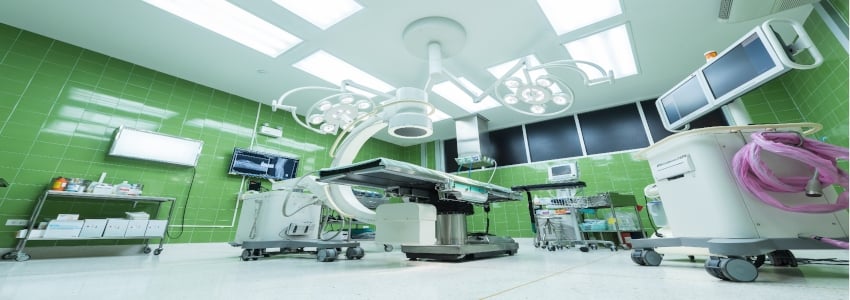Medical Equipment Financing & Leasing
- Crestmont Capital
- Medical Equipment Financing & Leasing

By having the right equipment, you can significantly increase your sales, your scope and the services you’re able to offer your patient. The equipment you use also reflects your organization and the sense of quality and professionalism you provide, which can attract more new customers to your practice. It’s also more sustainable than purchasing equipment outright, as rapidly evolving technology could considerably devalue your investment in a matter of just a few years.
Medical Equipment financing & leasing terms can be quite flexible, with most running between 24 and 60 months. You also have buyout options and can add equipment to your lease at any time, simply adding to your monthly payments without having to readjust your lease terms.
In addition, when compared to the average business loan, equipment leasing provides the following benefits:
When you work with Crestmont Capital, you have access to a team of equipment leasing professionals dedicated to helping businesses across the United States get the equipment and technology they need to truly grow and thrive. We help you keep up with your competitors, even if they are better funded and have greater access to capital.
We provide financing for all of the equipment you need to run your medical practice. Whether you are looking to expand or need to upgrade some equipment, we can help you with financing.
Crestmont Capital can help you with leasing for everything from technology and furniture to motor vehicles and heavy machinery, while also covering consumables, installation and other costs associated with leasing new and used equipment. We invite you to contact us today to learn more about your options.
We provide financing and leasing for a wide range of specialized medical equipment; from CT scanners and Laser's to MRIs and ultrasound equipment. Whether a private office, mid-sized practice or a hospital, Crestmont Capital has multiple leasing and financing options available. Purchasing precision equipment for a medical or dental practice/facility comes with a cost. We specialize in medical equipment and. Our knowledgeable professionals can assess your situation and provide several financing options that will allow the equipment to be obtained, while staying within budget.